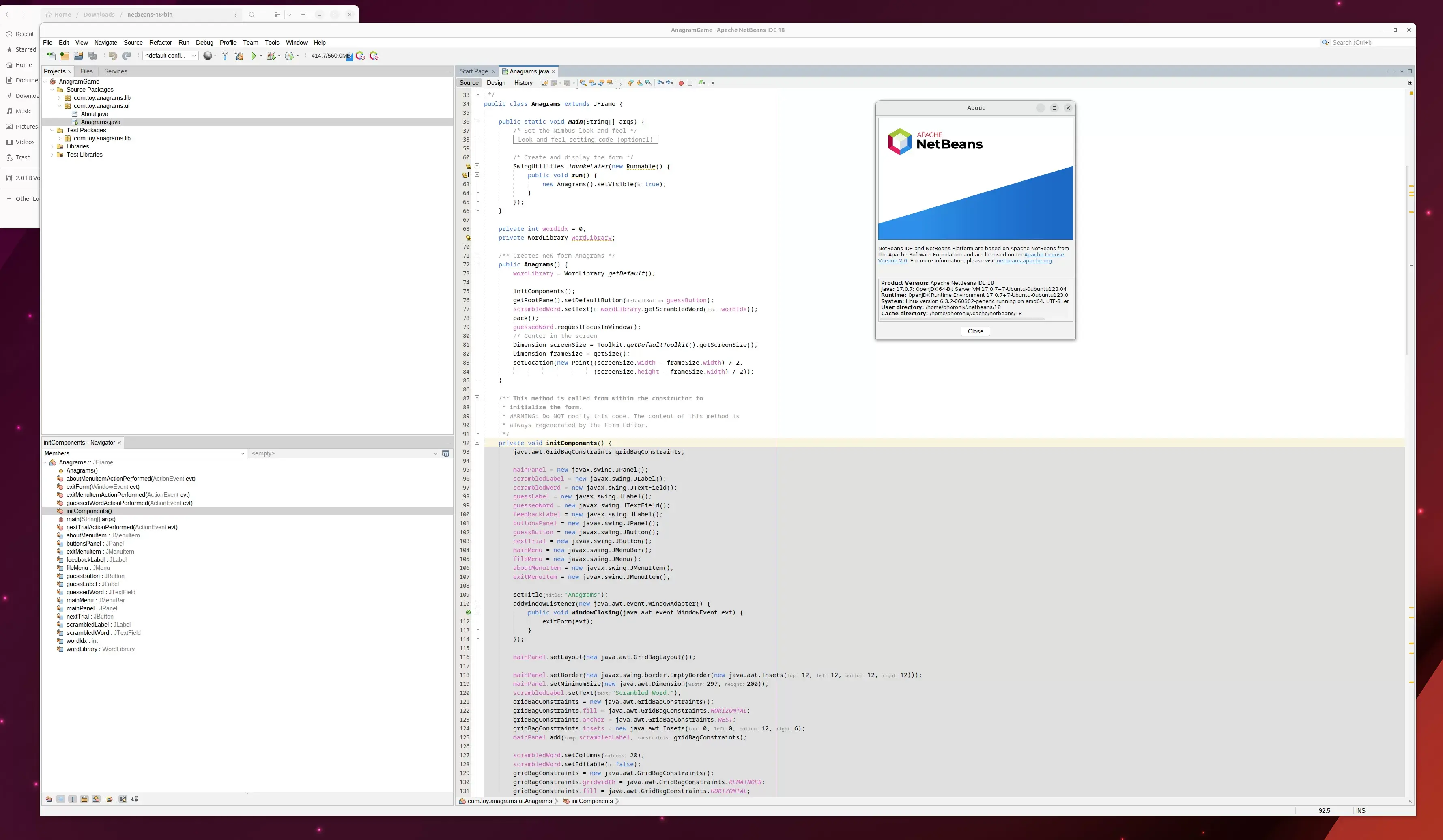

But that’s a good thing. If everyone considers the status quo as final, no one would research anything. It’s fine to question stuff, if you at least follow scientific methodologies. Just saying “nah, I don’t buy it” and then leaning back doing nothing is just lazy, and not critical thinking.









Maybe not your particular board, but platformio supports Linux for ages. I worked with that 6 years ago (on arch, btw).